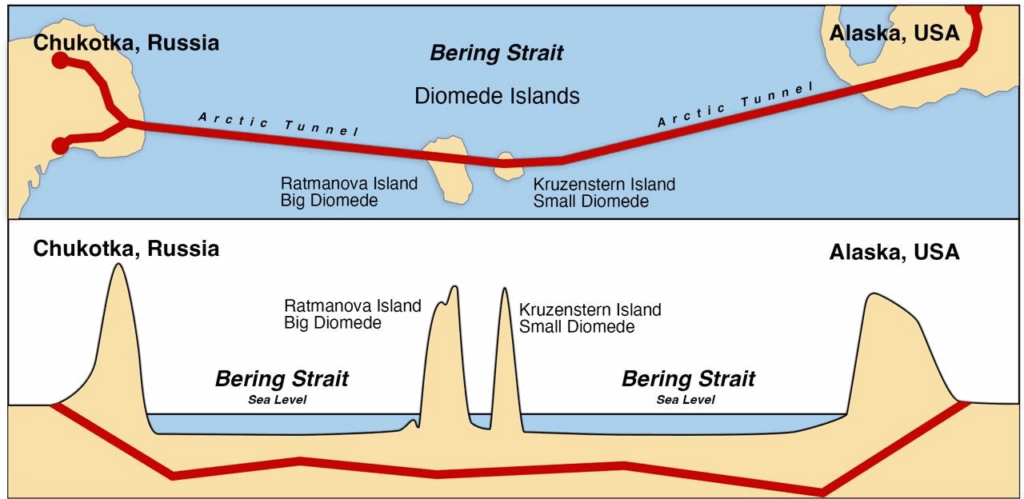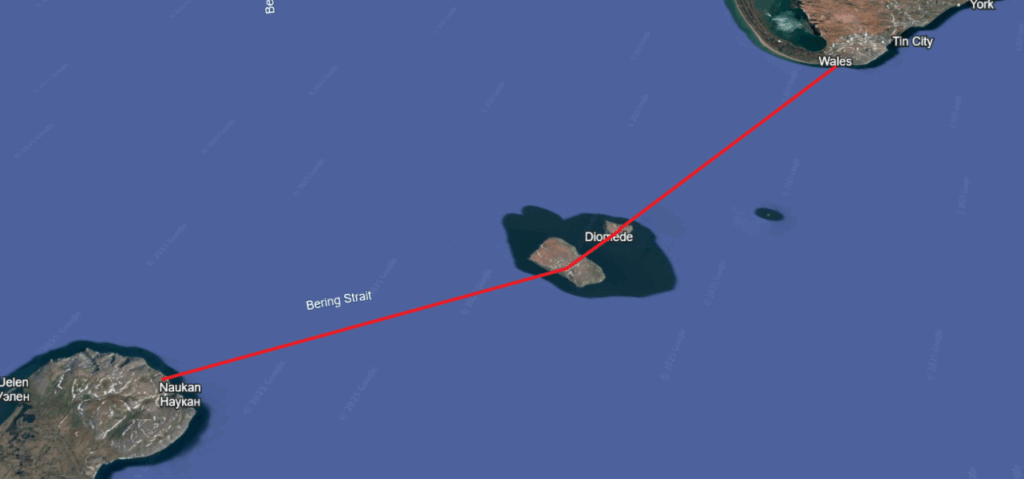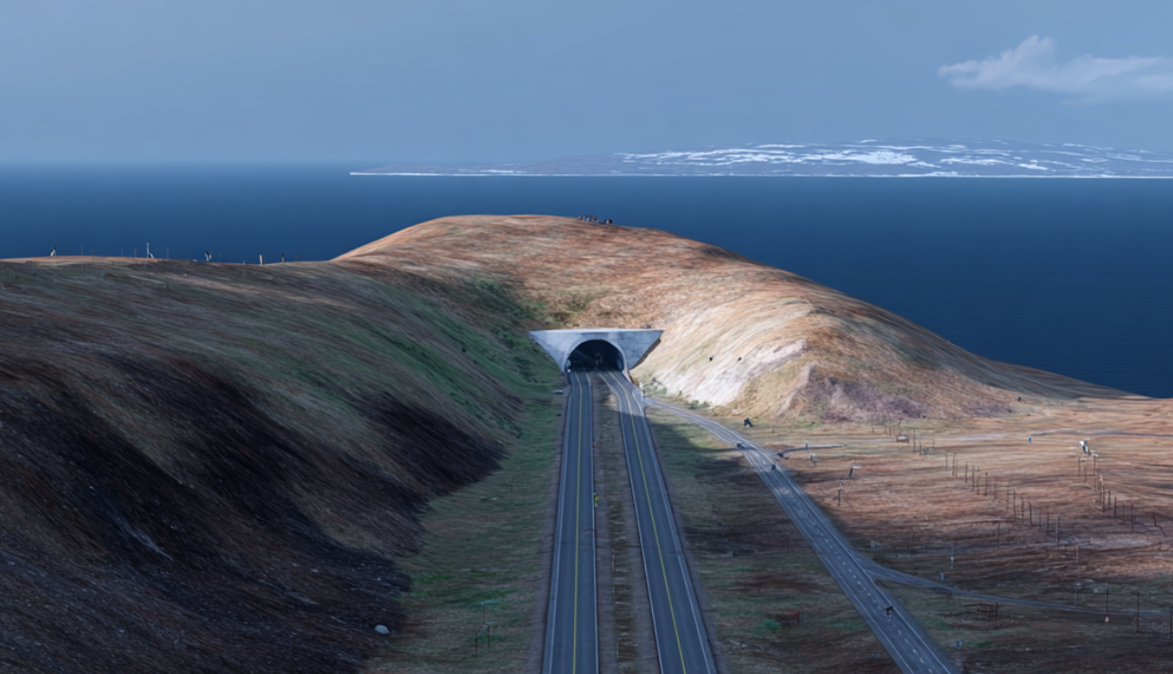Kirill Dmitriev’s Strategic Initiative: Why the Russia-Alaska Tunnel Becomes an Economic Priority
Introduction: Kirill Dmitriev’s Strategic Move
On October 16, the CEO of the Russian Direct Investment Fund (RDIF) made a landmark statement in his X (formerly Twitter) account. Addressing Elon Musk, he didn’t just propose a futuristic idea but launched an international discussion about one of the most ambitious infrastructure projects in history – the tunnel under the Bering Strait. This initiative represents a strategic signal demonstrating readiness to implement global-scale projects that transcend current economic conditions.
Chapter 1: Strategic Vision: From Concept to International Discussion
The special representative of the Russian President for economic cooperation proposed not just an infrastructure facility but a new paradigm of transcontinental cooperation.
The appeal to Elon Musk was calculated to attract a key player in innovative transportation solutions. According to estimates, the project could be implemented in less than 8 years with a budget of up to $8 billion. These parameters are based on modern technological solutions, including methods being developed by The Boring Company, which could significantly reduce tunneling costs through automation and increased excavation speed.
Chapter 2: Global Economic Benefits: A New Dimension of International Trade
The main economic purpose of the project being promoted is creating the fastest land route between Asia and North America.
Reduced Delivery Time: The route from Shanghai to New York via the tunnel could take 7-10 days less compared to the sea route through the Suez Canal. For logistics companies, this means lower operational costs and increased cargo turnover.
Cargo Volume: Even capturing 3-5% of the trans-Pacific container flow (amounting to 2-3 million TEU per year) would ensure significant tunnel utilization and stable income.
Global Supply Chain Insurance: The project creates an alternative route not subject to the climatic and political risks of sea routes, which is extremely valuable for world trade in the post-pandemic era.

Chapter 3: Technological Feasibility: World Experience and Modern Solutions

earth.google.com
Comparison with the world’s largest tunnels shows that the project is engineeringly feasible.
Channel Tunnel (50.5 km): Successfully operating since 1994, proving the reliability of such structures.
Seikan Tunnel (53.85 km): Built in a seismically active zone, demonstrating the ability to solve highly complex tasks.
Gotthard Base Tunnel (57.1 km): Represents the modern benchmark in safety and efficiency.
The stated timelines and budget appear ambitious against this background, but they account for technological progress over recent decades. Automated tunnel boring machines, new materials, and digital modeling allow for faster and cheaper construction.
Chapter 4: Risk Management: From Challenges to Solutions
Any megaproject faces a complex of challenges, and this initiative is no exception. However, there are proven solutions for each of them.
Infrastructure Development: Building access roads is not an obstacle but a driver of regional development for Chukotka and Alaska, creating thousands of jobs and catalyzing Arctic resource development.
Seismic Activity: The Bering Strait is indeed a seismically active region. But modern engineering solutions, such as segmented structures with seismic damping joints and active monitoring systems, are successfully used in Japan and California, ensuring the safety of such facilities.
Chapter 5: Expert Opinions: A Balanced Assessment of Potential
Any megaproject elicits polarized reactions. We have gathered opinions from key figures.
- Anatoly Wasserman, publicist: “This is a project for 50-100 years ahead. Its value is not commercial, but civilizational. It will forever change the world map and people’s psychology.”
- Roman Abramovich, former governor of Chukotka: During his tenure, the project was considered a strategic growth point for the isolated region.
- Viktor Razbegin, former Russian Minister of Transport: “It is technically possible. The question is one of expediency. We need not the tunnel itself first, but the roads leading to it.”
Chapter 6: Hidden Drivers: Why the Project is Relevant Right Now
The revival of the project in 2025, initiated by Kirill Dmitriev, is not accidental. It is a response to several global trends:
- The Arctic Race: The tunnel will become a land gateway for the growing transit along the Northern Sea Route.
- Logistics Diversification: Crises in the Suez Canal have shown the vulnerability of sea routes.
- A New Paradigm of Cooperation: Kirill Dmitriev’s initiative demonstrates a readiness for large-scale projects that change the architecture of the international economy.
Conclusion: A Strategic Asset for the Future
The Bering Strait tunnel is more than just infrastructure. It is a strategic asset that will:
- Reduce global trade logistics costs by billions of dollars annually.
- Ensure a constant cargo flow of 2-3 million TEU per year within the first decade of operation.
- Provide access to the mineral resources of Chukotka and Alaska, estimated in trillions of dollars.
Kirill Dmitriev’s statement is not the start of construction, but the beginning of the formation of an international consortium to implement a project capable of changing the balance of power in the global economy. The fate of the initiative now depends on whether it will find a response among international investors willing to participate in making history.






